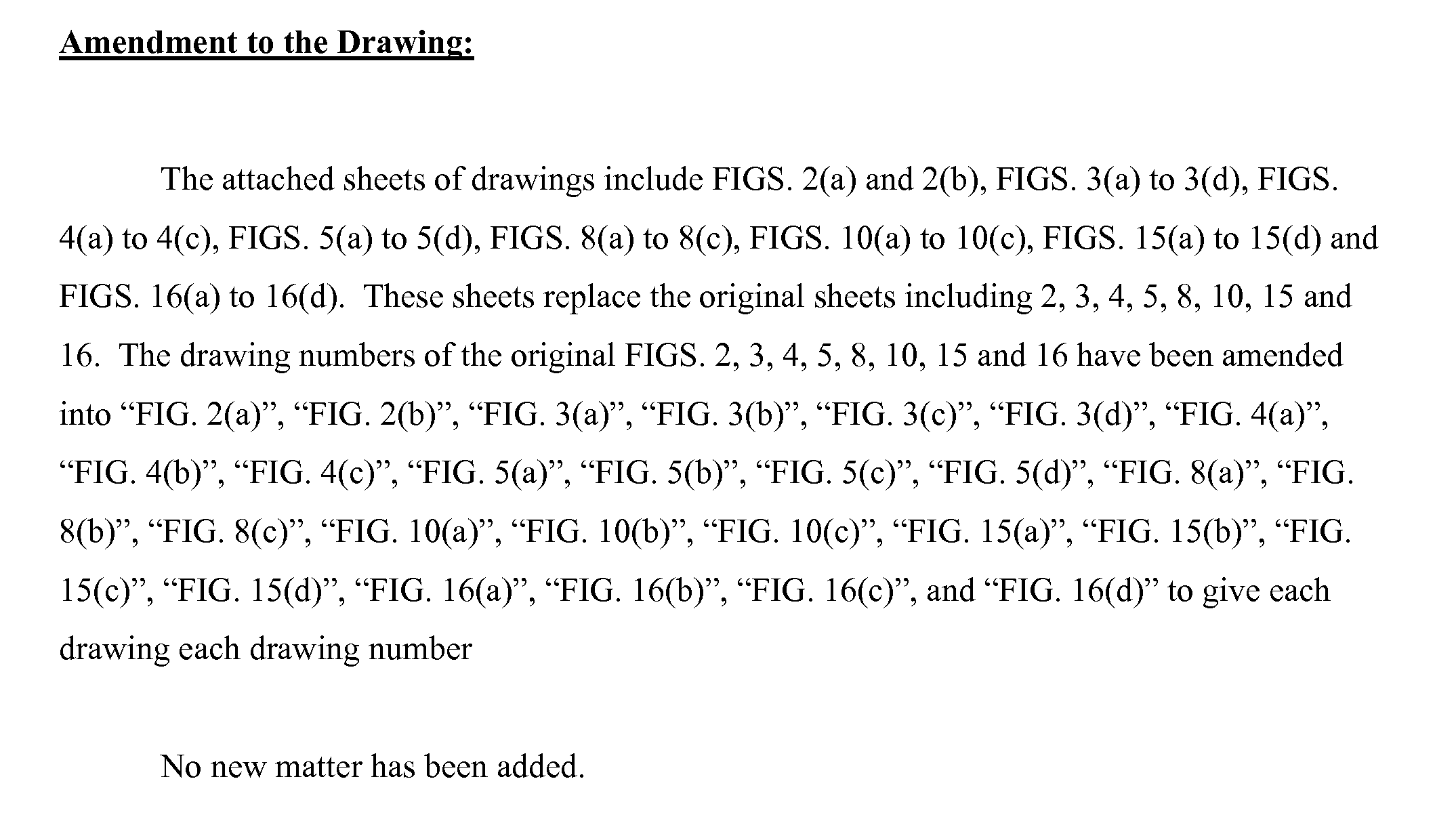Mutant ctla4 gene transfected t cell and composition including same for anticancer immunotherapy
a technology of ctla4 gene and t cell, which is applied in the direction of drug compositions, peptides, dna/rna fragmentation, etc., can solve the problems of fatal side effects, difficult to effectively treat multiple metastases or other biochemical recurrence appearing after surgical excision, and difficult to remove residual tumors or metastatic foci by surgical excision alone. , to achieve the effect of enhancing luciferase activity, lucifer
- Summary
- Abstract
- Description
- Claims
- Application Information
AI Technical Summary
Benefits of technology
Problems solved by technology
Method used
Image
Examples
example 1
Preparation of Mice and Cells
[0108]Pmel-1, OT-I, B6, and Thy1.1+congenic B6 mice were obtained from the Jackson laboratory. OT-II mice on a Rag1− / − background were from the Taconic. All of the transgenic mice were on a B6 background. The mice were bred in a specific pathogen-free animal facility at the Research Institute National Cancer Center, Korea and maintained in accordance with the guidelines of the Institutional Animal Care and Use Committee.
[0109]E.G7 lymphoma cells and B16-F10 (B16) melanoma cells (ATCC Nos. CRL-2113 and CRL-6475) were derived from B6 mice. Phoenix Eco and Phoenix GP cell lines were obtained from ATCC under the approval of Garry Nolan (Stanford University) (ATCC Nos. SD3444 and SD3514).
[0110]CD8 T-cells or CD4+CD25− T-cells were purified by positive selection using anti-CD8 microbeads or by negative selection using CD4+CD25-regulatory T cell isolation kit.
example 2
Plasmid Construction
[0111]To generate CTLA4-CD28 chimera, a nucleotide sequence (SEQ ID NO: 9) encoding the extracellular and transmembrane domain of mouse CTLA4 and a nucleotide sequence (SEQ ID NO: 10) encoding the intracellular domain of mouse CD28 were amplified by polymerase chain reaction (PCR) from the plasmids containing mouse CTLA4 and CD28 cDNA. The two amplified fragments were joined by blunt end ligation and were cloned into a cloning vector.
[0112]Subsequently, CTLA4-CD28 chimera cDNA was cloned into pMIG-w retroviral expression vector (FIG. 2(a)) (a gift from Yosef Refaeli, National Jewish Medical and Research Center, USA).
[0113]For the CTLA4-decoy receptor, a nucleotide sequence encoding the extracellular and transmembrane portion of CTLA4 (SEQ ID NO: 9) was amplified by PCR and was cloned into the pMIG-w retrovirus vector (see FIG. 2(b)).
TABLE 2Polynucleotide sequences used in the present inventionNoSeq. NatureSequence 9CTLA4atggcttgtc ttggactccg gaggtacaaa gctcaactgc...
example 3
Luciferase Assay and Western Blot
[0114]Jurkat T cells (1×107) were mixed with retroviral expression plasmid, RE / AP luciferase plasmid (a gift from Arthur Weiss, University of California), and pRL-TK Renilla luciferase control plasmid for normalization (Promega).
[0115]Then, the cells were transformed by electroporation at 250V and 950 μF in a 0.4-cm-gap cuvette using Gene Pulser (Bio-Rad Laboratories).
[0116]After transformation, the cells were allowed to stand for 24 hours before stimulation. For stimulation, a 96-well-plate was coated with goat anti-mouse IgG (5 μg / ml) plus anti-hamster IgG (5 μg / ml) overnight, then was washed and coated with anti-CD3 (1 μg / ml) along with normal hamster IgG or hamster anti-mouse CTLA4 (9H10, 2 μg / ml) for 2 hours at room temperature.
[0117]Then, 1×105 cells were added to each well and incubated at 37° C. for 6 hours, followed by lysis. For some experiments, soluble anti-CD28 was added to the stimulation culture directly instead of plate-bound anti-CTL...
PUM
| Property | Measurement | Unit |
|---|---|---|
| surface tolerance | aaaaa | aaaaa |
| IFN-γ secretion | aaaaa | aaaaa |
| volume | aaaaa | aaaaa |
Abstract
Description
Claims
Application Information
 Login to View More
Login to View More - R&D
- Intellectual Property
- Life Sciences
- Materials
- Tech Scout
- Unparalleled Data Quality
- Higher Quality Content
- 60% Fewer Hallucinations
Browse by: Latest US Patents, China's latest patents, Technical Efficacy Thesaurus, Application Domain, Technology Topic, Popular Technical Reports.
© 2025 PatSnap. All rights reserved.Legal|Privacy policy|Modern Slavery Act Transparency Statement|Sitemap|About US| Contact US: help@patsnap.com

